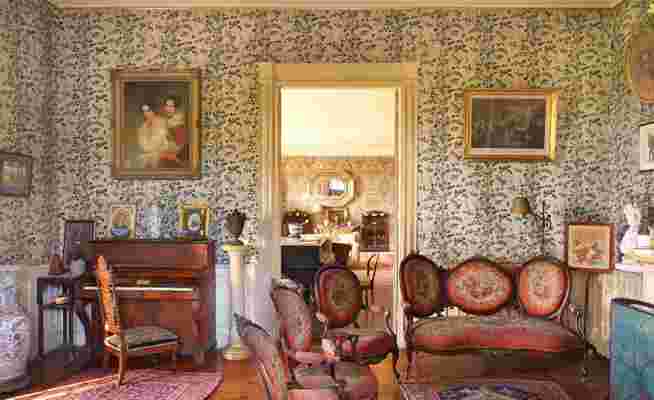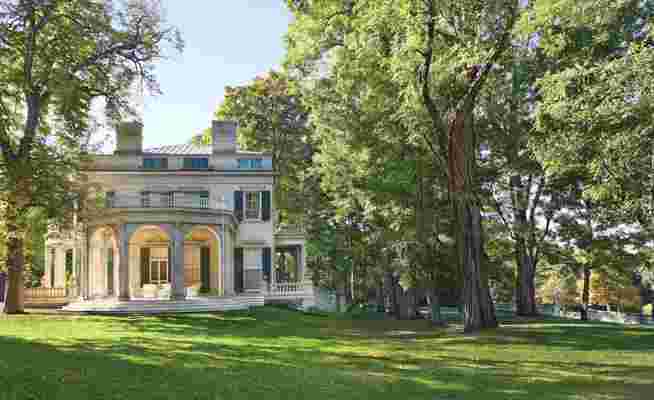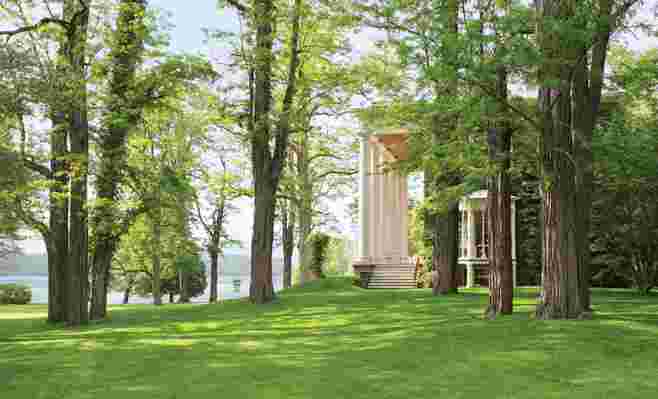When it comes to legendary American family dynasties, there are a few names that immediately come to mind, like the Rockefellers and the Kennedys, for instance. But if you home in on New York State, there’s no family quite like the Livingstons. Originated from Robert Livingston, a Scotsman who came to America in 1673, the descendants are estimated to number over a million people today, including presidents George H.W. Bush and George W. Bush. Eleanor Roosevelt and many of the Astors were also part of the Livingston clan.
The family’s prominence developed early on, when the original Robert Livingston forged relationships with two of the most powerful families in what was then the Province of New York—the Schuylers and the Van Rensselaers—and acquired thousands of acres of land, a move that provided long-lasting prosperity for his descendants. Over the course of two centuries, from 1730 to 1946, numerous Livingstons built vast estates on their land, particularly in the region surrounding the Hudson River, demonstrating some of the finest architecture across many styles. Aside from the Livingstons, New York City’s elite frequently purchased these houses as their “country seats,” and a good number still exist today as private dwellings.
After purchasing and renovating one such property, Staats Hall in Red Hook, New York , photographer Pieter Estersohn, a frequent collaborator with Architectural Digest, became fascinated with the Livingston family legacy and the historic houses built on Livingston land. He’s captured the beauty of 35 of them in his new book Life Along the Hudson: The Historic Country Estates of the Livingston Family ( $85, Rizzoli , and we’re here to give you a peek inside its pages.

While this Barrytown property has been owned by Livingstons—specifically the Astor branch—since 1688, the Rokeby house was constructed in 1811. The wallpaper in the reception room dates to the 1830s.

Montgomery Place , built in Annandale-on-Hudson in 1805, is home to what is considered the first outdoor room in America: the North Pavilion, shown here.

The 1825 Edgewater estate was built as a wedding gift by John R. Livingston for his daughter Margaret, who favored its location for its excellent Hudson River views.
The entrance hall to Obercreek , built in 1856, displays Livingston family portraits: The current resident is the sixth generation of the family to own property.
Sitting on the Astors' Ferncliff estate, the 1946 Astor Tea House is a neoclassical pavilion designed as a “retreat” from the main house, which was demolished in the mid-20th century. The current owner, Robert Duffy of Marc Jacobs, purchased and renovated the tea house.
Life Along the Hudson: The Historic Country Estates of the Livingston Family .
RELATED: Discover the Modernist Beauty of Hudson Valley Architecture
